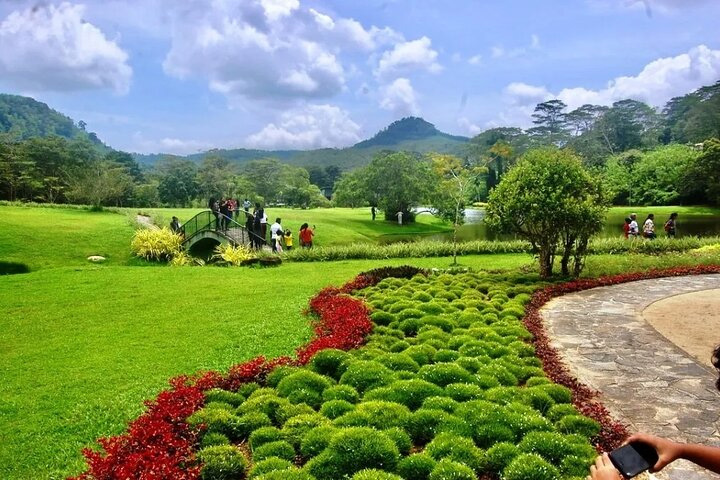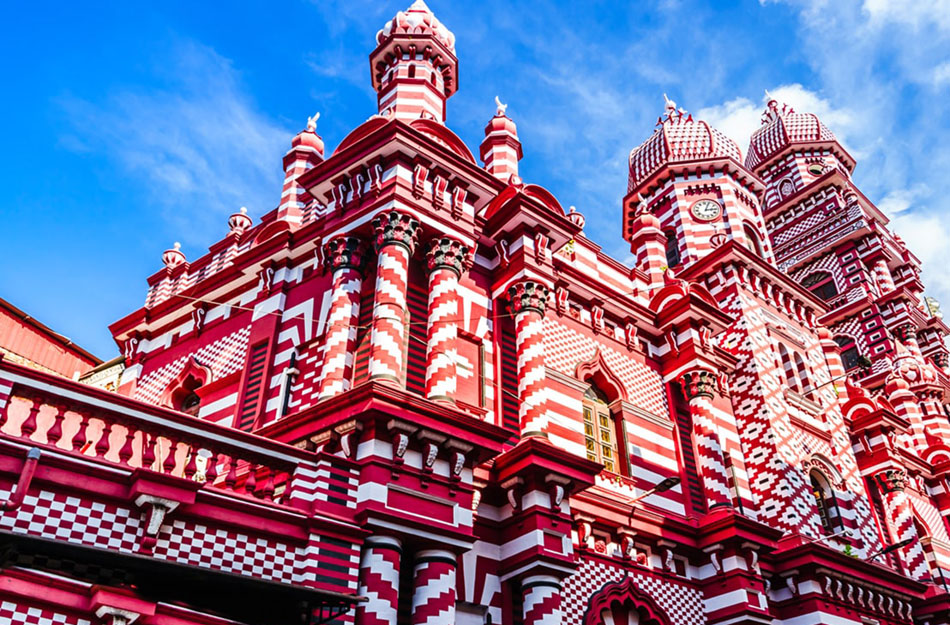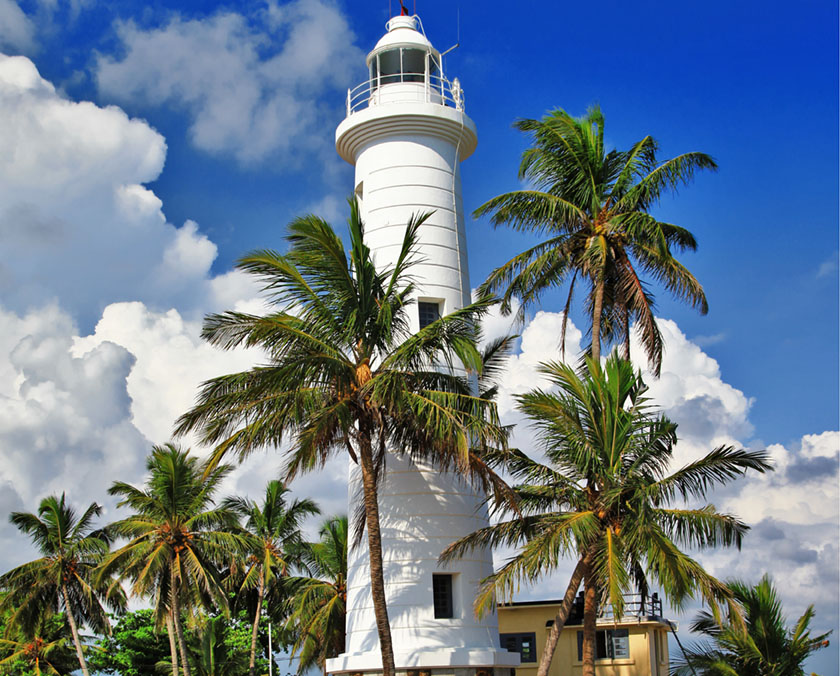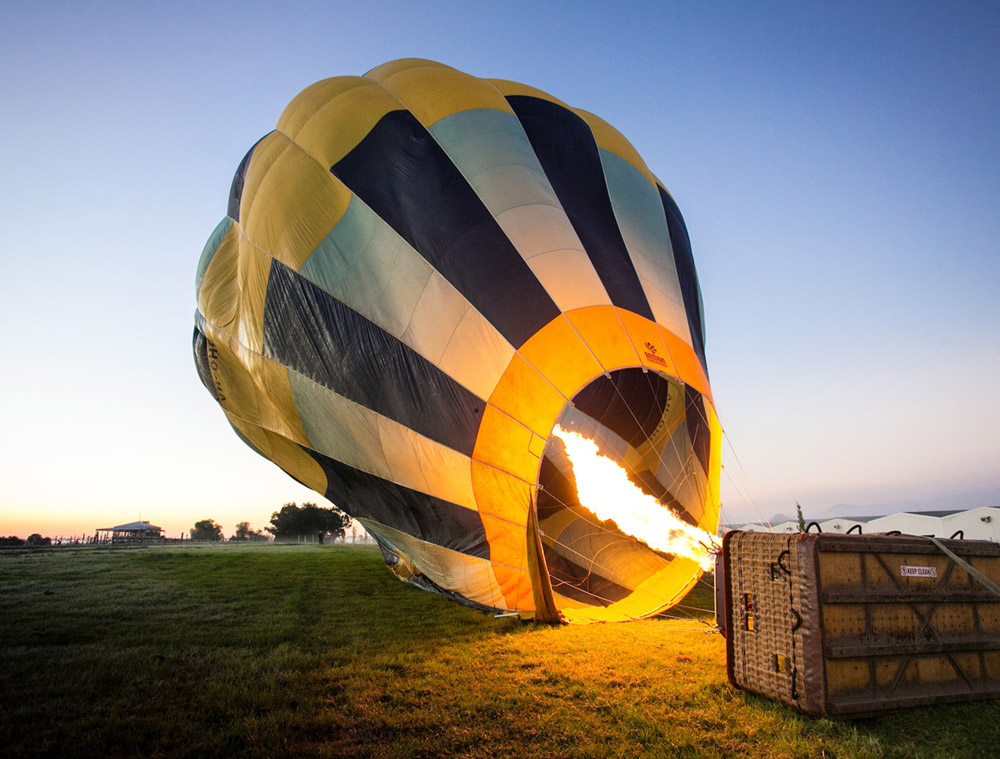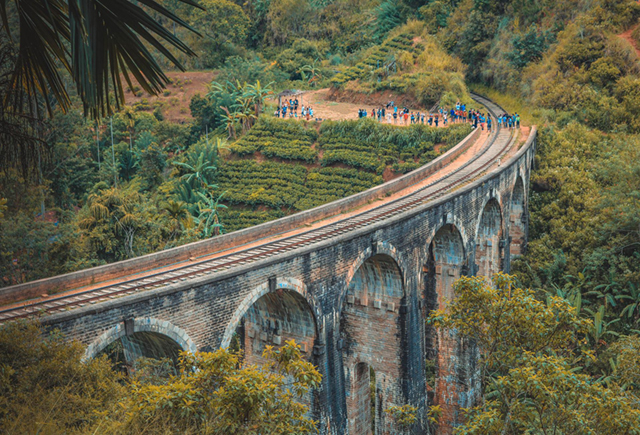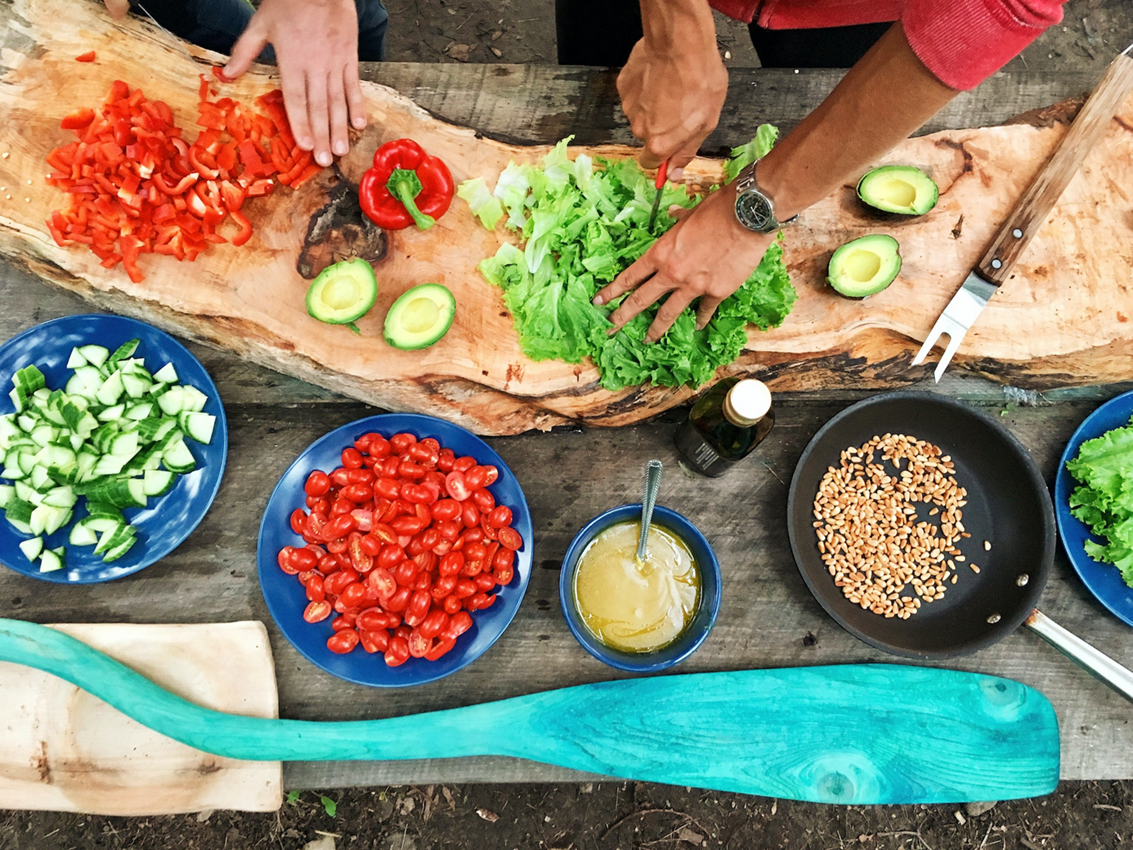
A Sri Lankan cooking demonstration is a wonderful opportunity to learn about the unique spices and ingredients that make Sri Lankan cuisine so delicious. The experience typically starts with a visit to a local market, where you can pick out fresh vegetables and the catch of the day. Your guide will give you a brief introduction to the ingredients and spices commonly used in Sri Lankan cooking.
After marketing, you will proceed to a local village house, where the cooking demonstration will take place. You will have the chance to get your hands dirty and help prepare the dishes, or you can simply observe and take notes. Your guide will walk you through each step of the cooking process, highlighting the techniques and spices that give Sri Lankan food its unique flavor.
Once the meal is ready, you can sit down and enjoy the delicious Sri Lankan feast that you helped create. This is a great opportunity to chat with the locals and learn more about Sri Lankan culture and cuisine. After the meal, you can take home the recipes and the memories of this authentic Sri Lankan experience, along with the flavors and aromas of Sri Lanka.

A tea factory visit in Sri Lanka offers a fascinating glimpse into the world of tea production. Visitors can experience the entire tea making process, from plucking the tea leaves to the final product. You’ll have the opportunity to visit a tea plantation, where you can learn about the tea plants and the tea plucking process from experienced tea pluckers.
Afterwards, you’ll be taken to the tea factory to witness the processing of tea leaves, including withering, rolling, fermenting, drying, and sorting. You’ll see how the green leaves are transformed into the world-renowned Ceylon Tea.
The tour also includes a tea tasting session where you can sample different varieties of tea and learn about the nuances of flavor, aroma, and color. The knowledgeable guides will share interesting information about the history of tea production in Sri Lanka and the unique features that make Ceylon Tea so special.
Overall, a tea factory visit in Sri Lanka is a wonderful way to learn about the country’s rich tea culture and take back memories of the beautiful tea plantations and the delicious Ceylon Tea that you can enjoy at home.
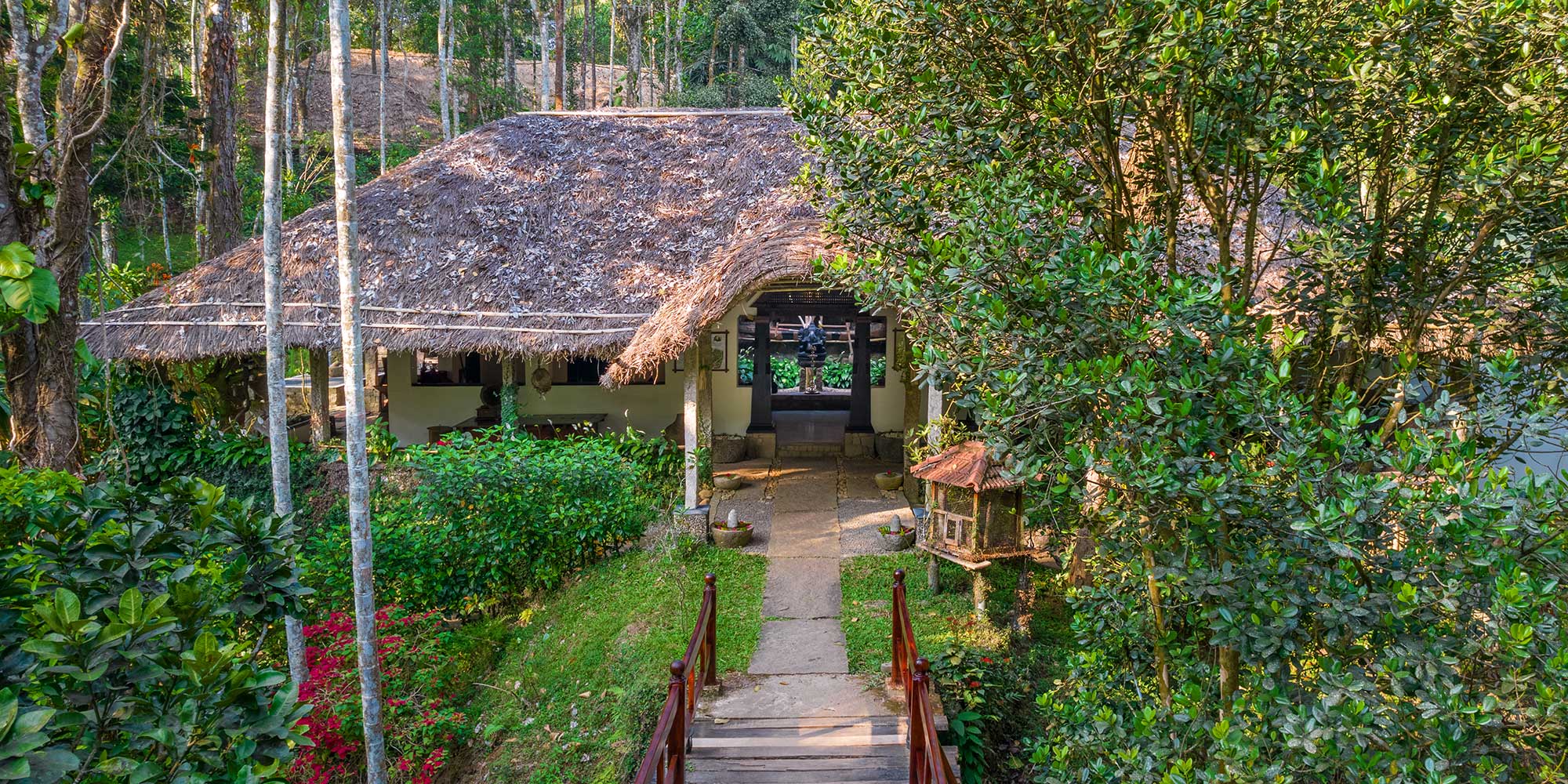
A visit to a spice garden in Sri Lanka is a great way to experience the country’s rich culinary culture. You can learn about the local spices and herbs grown in the garden, as well as their uses in traditional Sri Lankan cuisine and Ayurvedic medicine. You will get to see and smell the different spices such as cinnamon, cardamom, pepper, cloves, and nutmeg. You can also see how they are grown and processed, and learn about their health benefits.
During your visit, you may be offered a complimentary herbal tea made with fresh spices and herbs from the garden. You may also have the opportunity to purchase some of the spices and herbs to take home with you.
Overall, a visit to a spice garden in Sri Lanka is a sensory experience that will leave you with a greater appreciation for the flavors and aromas of the country’s cuisine.
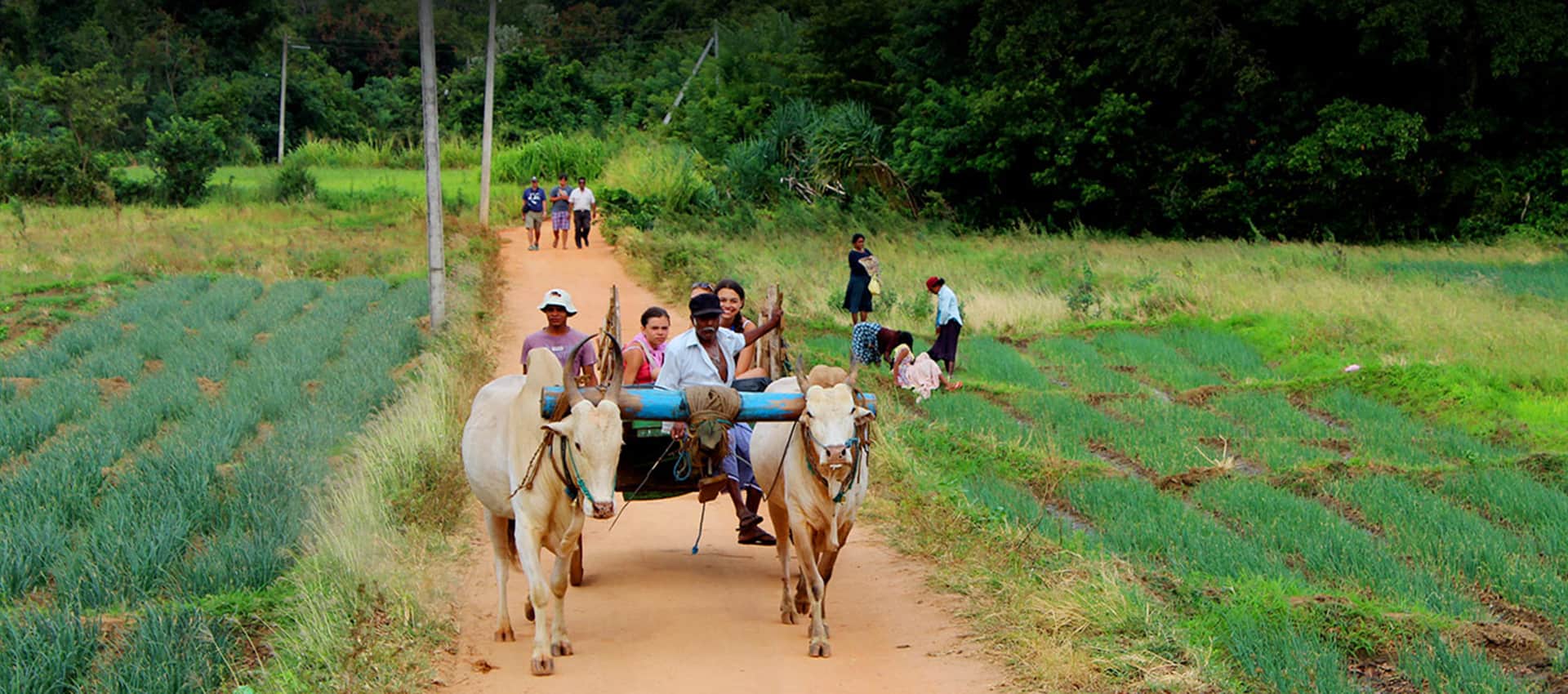
A typical local village tour in Sri Lanka provides a unique opportunity to experience the rural lifestyle of Sri Lankan villagers. During the tour, you will visit a local village where you can interact with the locals and observe their daily activities. You can learn about their traditional customs, farming practices, and other aspects of their daily life.
The tour will also include a visit to a chena plantation, which is a traditional Sri Lankan farming method. Chena farming involves clearing a small patch of forest and burning the land to create ash, which is used as fertilizer. Then, crops such as corn, fruits, and other vegetables are grown in the cleared land. You will have the opportunity to see the chena plantation and learn about this unique farming method.
Overall, the local village tour provides a great opportunity to learn about the culture, lifestyle, and livelihoods of the Sri Lankan villagers. It’s a great way to experience the real Sri Lanka and take back some unforgettable memories.
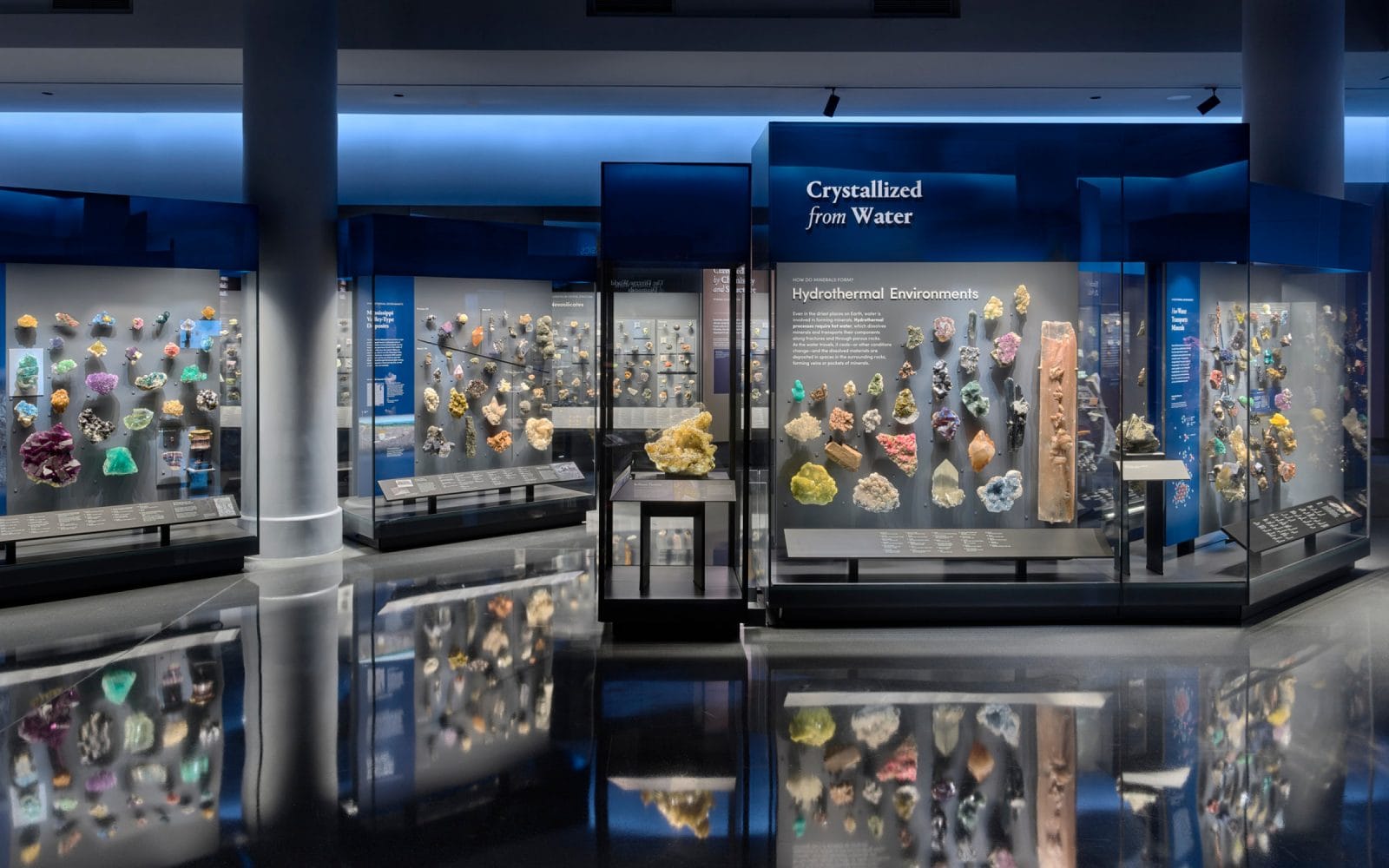
A visit to a Gem Museum in Sri Lanka is a must-do activity for anyone interested in precious stones. You can learn about various types of gemstones, their properties, and how they are mined and processed. Sri Lanka is well-known for producing some of the world’s finest gemstones, including the famous blue sapphire which was featured in the movie Titanic. In fact, the world’s largest blue sapphire cluster was discovered in Sri Lanka, which has entered the Guinness Book of World Records. You can also purchase gemstones as souvenirs to take back home and feel like you have a piece of Sri Lanka with you.
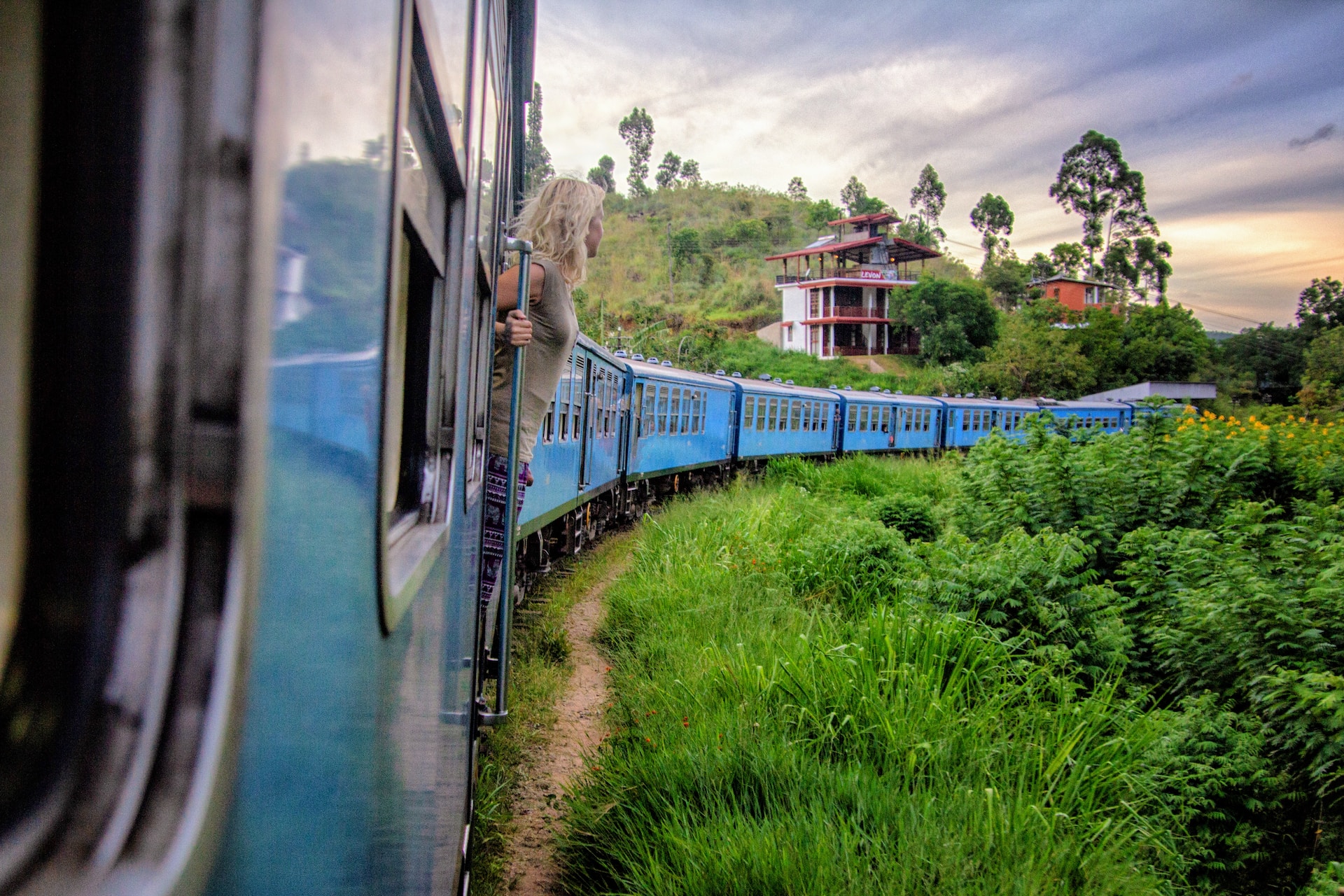
The train rides from Peradeniya to Nanu Oya and from Nanu Oya to Ella are two of the most picturesque train rides in Sri Lanka. The route from Peradeniya to Nanu Oya runs through the hill country and offers breathtaking views of tea plantations, misty mountains, and cascading waterfalls. The train passes through several tunnels, over numerous bridges, and winds its way through the countryside.
The route from Nanu Oya to Ella is equally stunning and takes you through some of the most beautiful landscapes in Sri Lanka. The train ride offers spectacular views of lush green hills, winding roads, and stunning valleys. The train passes through quaint little villages, tea estates, and dense forests, making it a journey to remember.
It is recommended to travel in reserved seating, such as the observation deck or 1st and 2nd class, since 3rd class can get crowded with the locals. The maximum speed of travel in the mountains is 20km per hour, so the train rides can be slow but extremely scenic. It is better to do the above routes rather than long routes, as those can be tiring and time-consuming. The train rides are an excellent way to experience the beauty of Sri Lanka’s landscape and to take in the breathtaking scenery of the island.

The Nine Arch Bridge in Sri Lanka is a popular tourist attraction located in the small town of Ella. The bridge is known for its stunning architecture and historical significance. It was built in the early 20th century during the British colonial period in Sri Lanka. What makes the bridge unique is that it was constructed entirely of bricks, without the use of any steel or concrete. The bridge is made up of nine arches, hence the name, and spans a lush green valley. Visitors can walk along the railway tracks or view the bridge from a distance for some stunning photo opportunities. The bridge is easily accessible from Ella by foot or tuk-tuk, making it a popular destination for visitors to the area.
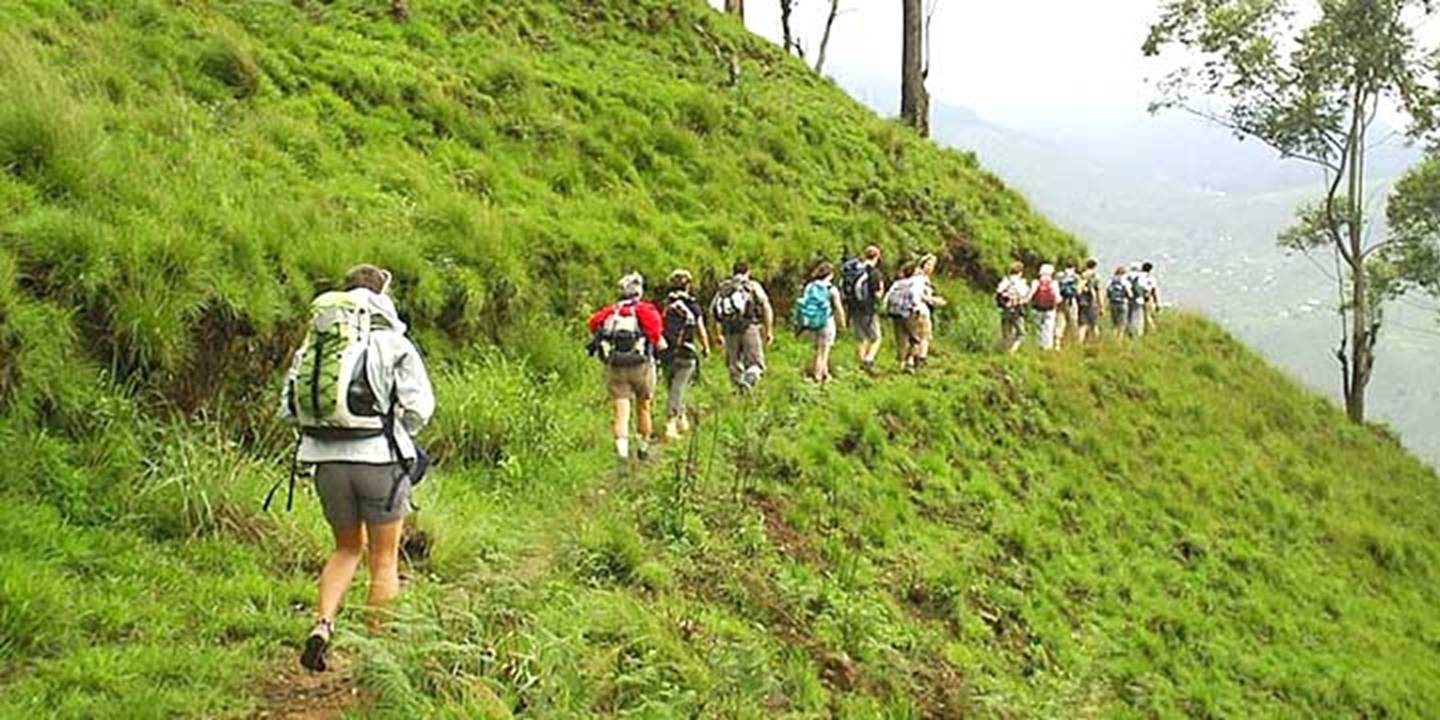
The best walking tours in Sri Lanka offer an immersive and authentic experience of the local culture and lifestyle. In Colombo, a stroll through the Galle Face Green will give you a glimpse of the city’s colonial past, as well as the hustle and bustle of modern life in Sri Lanka. The walk ends at a local pub, where you can enjoy a refreshing Lion beer and chat with your guide about the history and culture of Sri Lanka.
In Galle, a walk inside the fort is a must-do activity. You will see the magnificent architecture of the fort, which dates back to the Dutch colonial era. You will also learn about the history of Galle and its importance as a port city. The walk ends with a chat about the fort and its history, while sipping a glass of beer.
In Kandy, a walking tour to the temple and local market is a great way to witness the local shopping and architecture. You will get to experience the hustle and bustle of the market, and witness the daily rituals at the temple. The local guide will provide you with insights into the history and significance of the temple, as well as the traditions and culture of the Sri Lankan people.
Overall, a walking tour in Sri Lanka is a great way to connect with the locals, learn about the country’s rich culture and history, and experience the vibrant atmosphere of the local markets and streets.
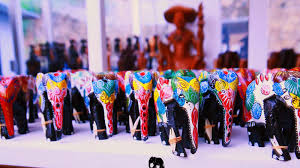
Wood carving is a traditional art form in Sri Lanka, and you can find beautifully crafted wooden sculptures, masks, and furniture throughout the country. A visit to a wood carving workshop will give you the opportunity to see skilled artisans at work and learn about the techniques they use to create intricate designs. You can also purchase one of these unique pieces to take home as a special souvenir and a beautiful addition to your home decor.
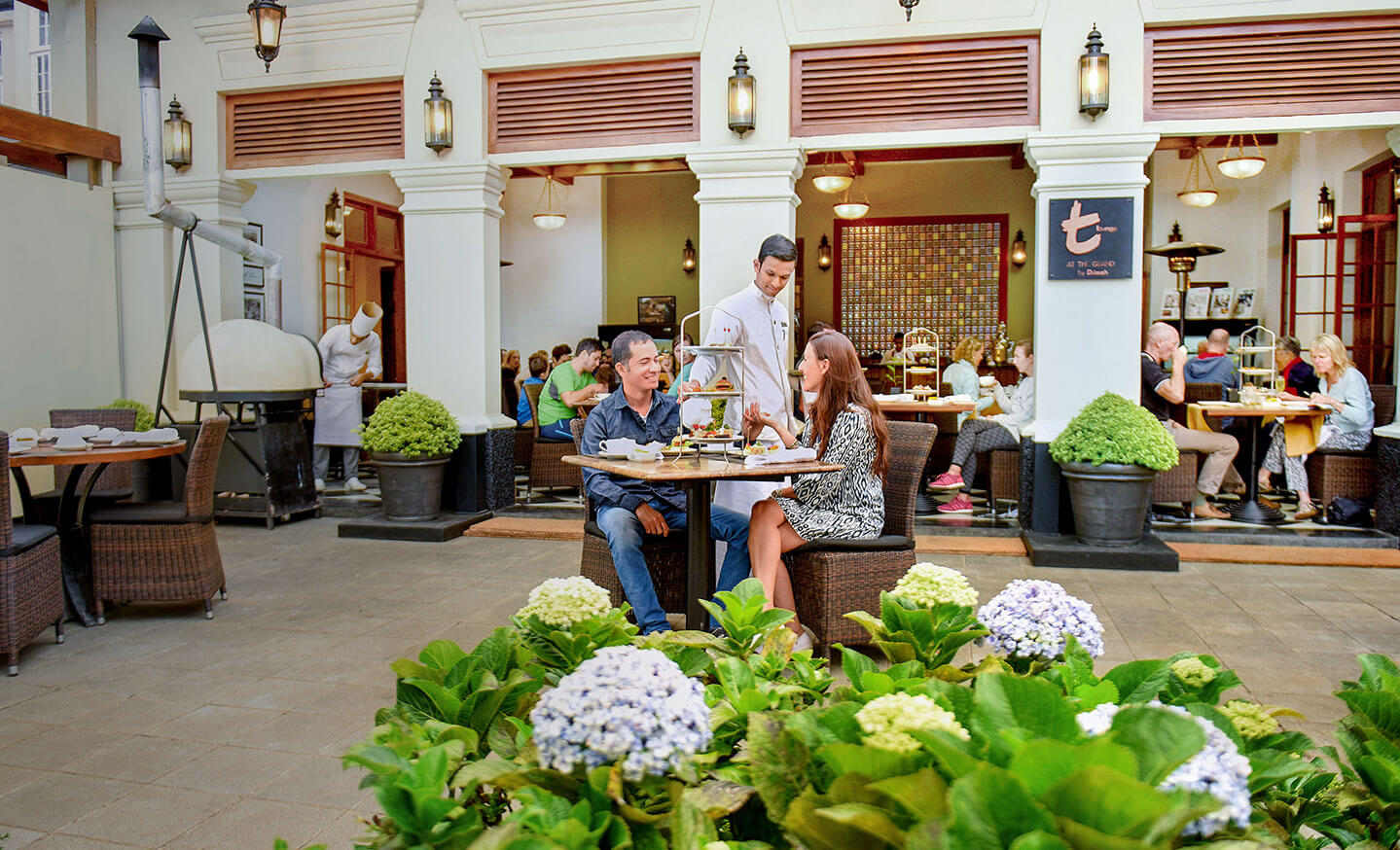
The Grand Hotel in Nuwara Eliya offers a luxurious high tea experience where you can indulge in a variety of teas accompanied by delicious pastries and finger sandwiches. You can enjoy your tea in the beautifully decorated tea lounge, overlooking the hotel’s well-manicured gardens. The elegant setting and attentive service will make you feel like you have stepped back in time to the colonial era. It’s a perfect way to relax and unwind while taking in the stunning scenery of tea country.
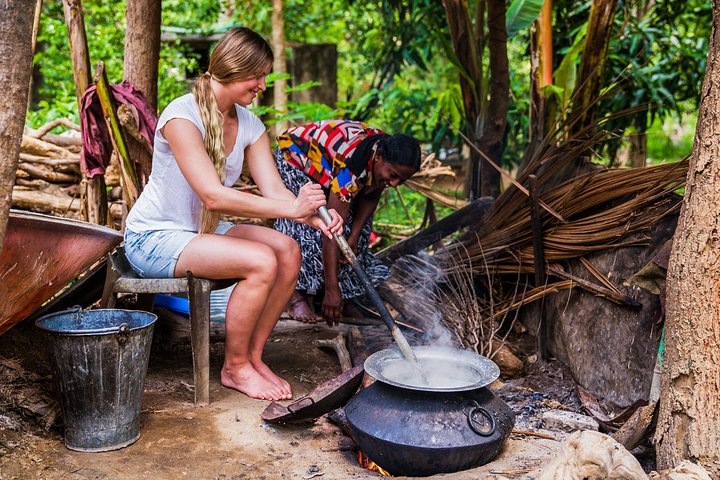
Curd is a popular dairy product in Sri Lanka, and there are many places where you can experience the traditional curd-making process. One such place is the village of Kiriwatura, located in the Kandy district. Here, you can witness the entire process of curd making, from milking the cows to fermenting the curd in clay pots. You can also taste the delicious and creamy curd and even buy some to take back home with you. Other places where you can experience curd making include the village of Meemure and the Ridiyagama Farm in the Southern Province.

Toddy tapping is a unique experience that can be enjoyed in Sri Lanka. Toddy is an alcoholic drink made from the sap of the coconut flower. It is a traditional drink that has been enjoyed in Sri Lanka for centuries.
Toddy tapping is done in many parts of Sri Lanka, particularly in the coastal areas where coconut trees are abundant. Some popular locations for toddy tapping include Bentota, Kalutara, Galle, and Matara.
During a toddy tapping experience, visitors can watch as the toddy tappers climb the tall coconut trees to collect the sap. They use special tools and techniques to extract the sap, which is then fermented to make toddy.
Visitors can also taste the fresh toddy, which has a sweet and slightly sour taste. It’s a unique and authentic experience that offers a glimpse into the traditional way of life in Sri Lanka.
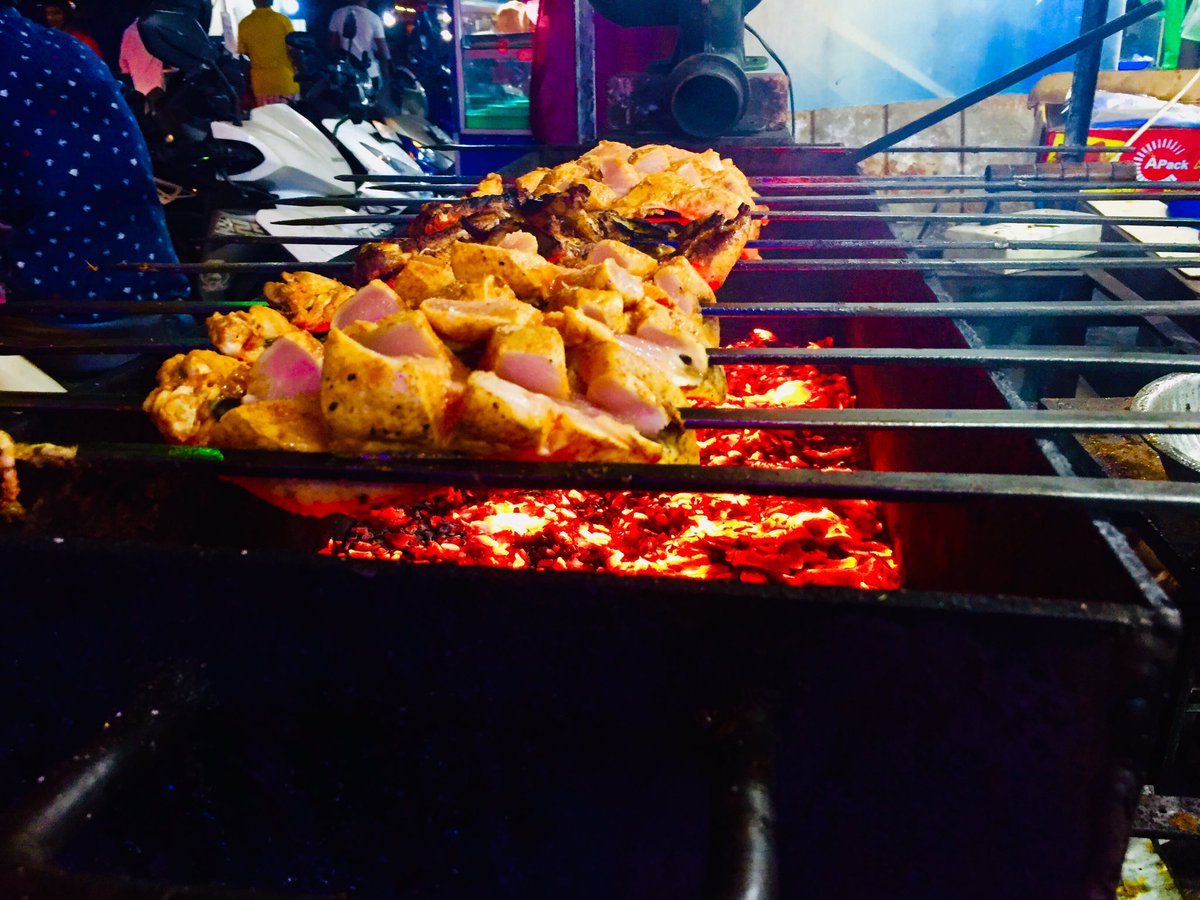
Street food in Sri Lanka is a culinary adventure not to be missed. Some of the best places to find street food are in busy towns and cities like Colombo, Galle, Kandy and Negombo. You can find everything from savory snacks like Isso wade (fried lentil cakes with shrimp), samosas, and vegetable roti, to sweet treats like Bombai Muttai (cotton candy) and Kavum (sweet fried cakes made with rice flour and treacle).
One of the most unique street foods in Sri Lanka is the Kottu Rotti. It’s a popular dish made from chopped up roti bread, vegetables, eggs, and meat or seafood, all stir-fried together with a variety of spices. You can find Kottu Rotti at street food stalls and local restaurants across the country.
Exploring Sri Lankan Street food is a great way to experience the local culture and flavors. However, it’s important to be cautious and choose vendors with good hygiene practices to avoid getting sick.
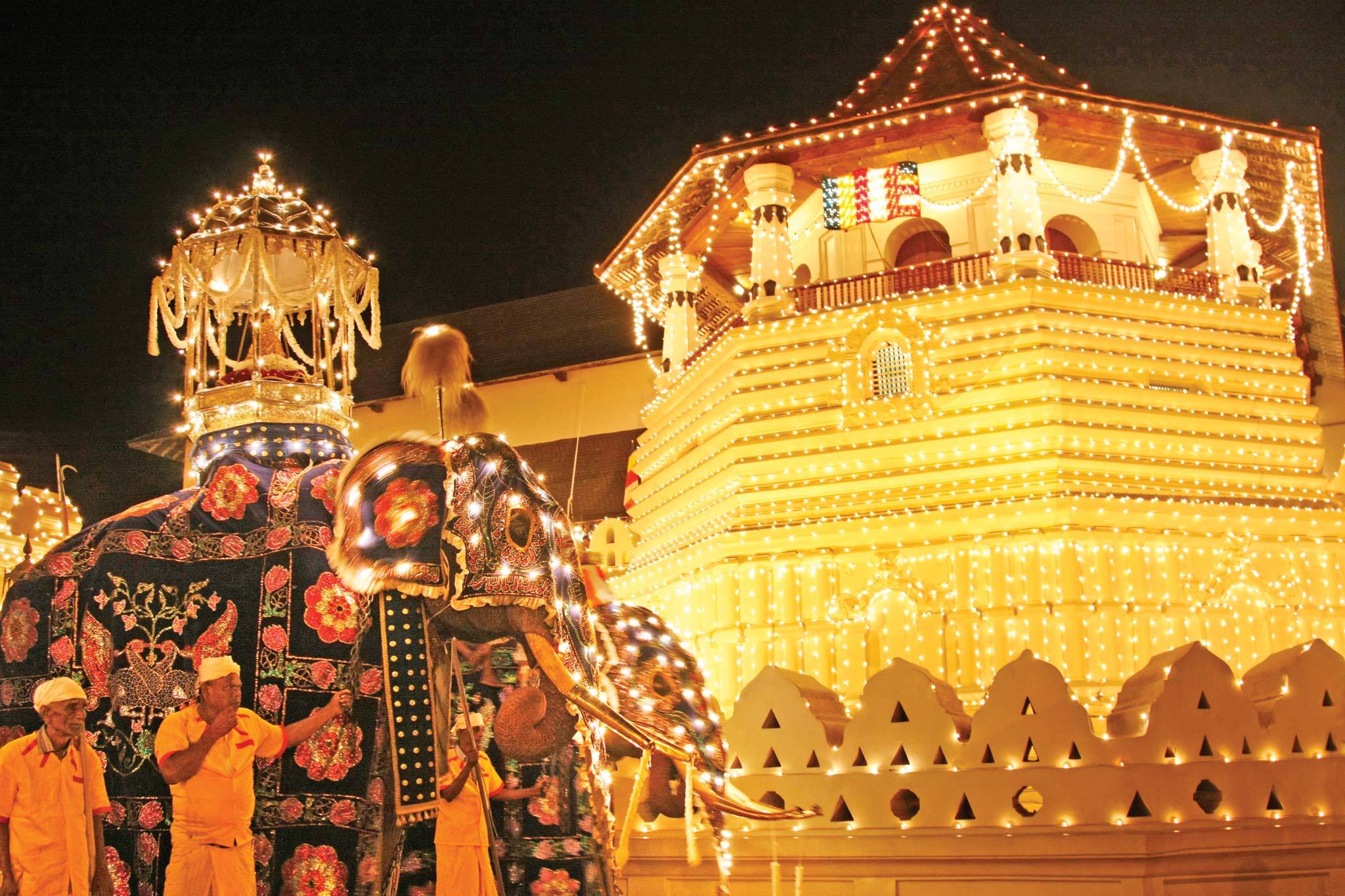
Street food in Sri Lanka is a culinary adventure not to be missed. Some of the best places to find street food are in busy towns and cities like Colombo, Galle, Kandy and Negombo. You can find everything from savory snacks like Isso wade (fried lentil cakes with shrimp), samosas, and vegetable roti, to sweet treats like Bombai Muttai (cotton candy) and Kavum (sweet fried cakes made with rice flour and treacle).
One of the most unique street foods in Sri Lanka is the Kottu Rotti. It’s a popular dish made from chopped up roti bread, vegetables, eggs, and meat or seafood, all stir-fried together with a variety of spices. You can find Kottu Rotti at street food stalls and local restaurants across the country.
Exploring Sri Lankan Street food is a great way to experience the local culture and flavors. However, it’s important to be cautious and choose vendors with good hygiene practices to avoid getting sick.
